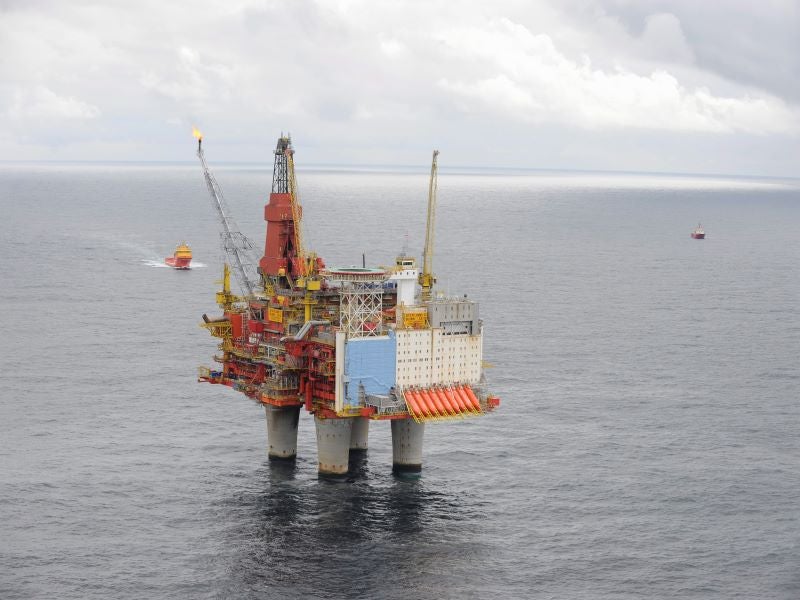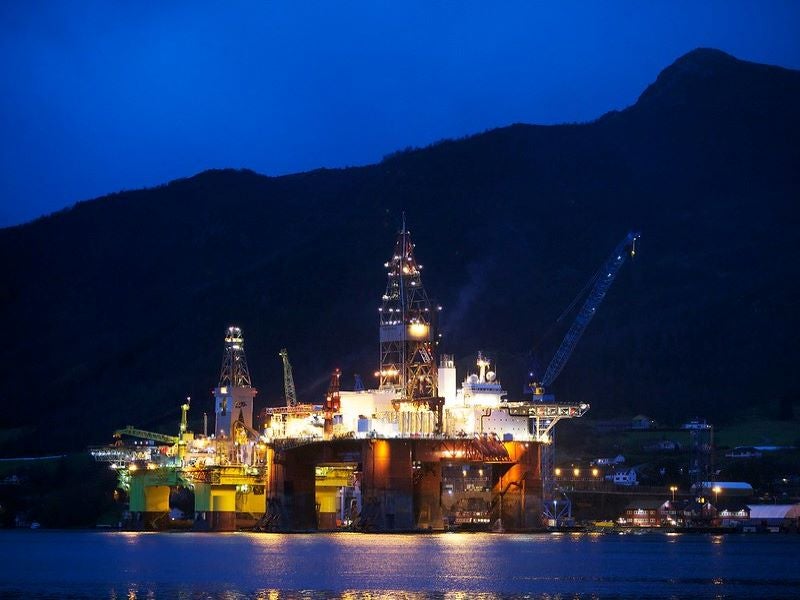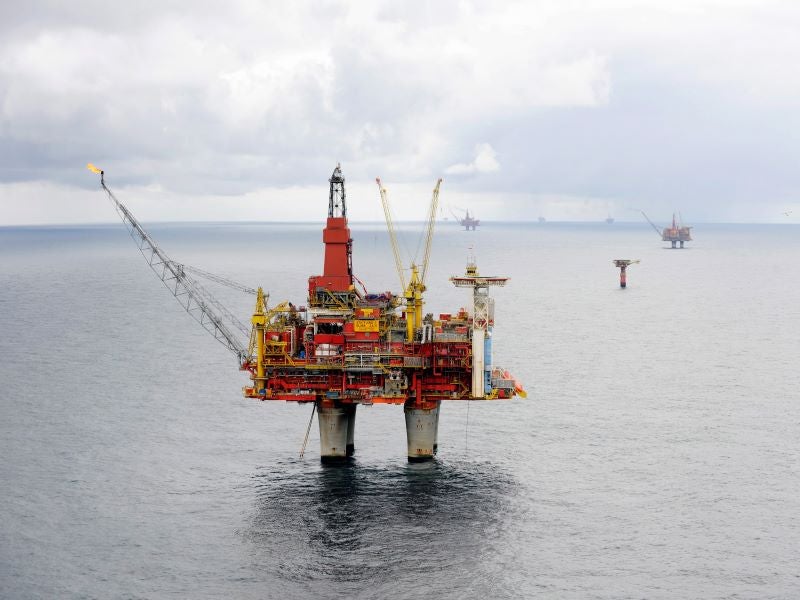The Statfjord East (Øst), a satellite for the Statfjord oil and gas field located in the Norwegian North Sea, has been operational since September 1994.
Equinor Energy is the operator and holds 31.69% interest in the Statfjord East field, while the other partners are Petoro (30%), Vår Energi (20.55%), Spirit Energy Norway (11.56%), Idemitsu Petroleum Norge (4.8%), and Wintershall Dea Norge (1.4%).
Equinor and the license partners committed to investing Nkr3bn ($345m) to improve recovery from Statfjord East by 23 million barrels of oil equivalent (Mboe) in December 2020. An updated plan for development and operation (PDO) of the Statfjord East field was also submitted to the Norwegian Ministry of Petroleum and Energy in the same month.
The oil and gas recovery improvement project at Statfjord East is expected to extend the field’s productive life towards 2040.
The Petroleum Safety Authority Norway (PSA) gave consent for extended operation of the Statfjord East field in September 2021, while a contract to drill four new wells at the field was awarded in October 2021.
Statfjord East location and reservoir details
The Statfjord East field straddles blocks 33/9 and 34/7 of production licences 037 and 089 in the Norwegian Continental Shelf (NCS).
It is located in the Tampen area, North Sea, Norway, approximately 7km north-east of the Statfjord field. The water depth in the field area ranges between 150m and 190m.
Situated approximately 2,400m beneath the seabed, the field’s reservoir comprises the Middle Jurassic sandstone formation of the Brent Group.
Statfjord East field development details
The Statfjord East field was discovered in 1976 and developed as a subsea tieback to the Statfjord C platform located 5km to the south-west.
The subsea infrastructure for the satellite field development included two subsea production templates (L and M) and a water injection template (K) connected to the Statfjord C platform through flowlines.
Although water injection was initially employed to recover hydrocarbons from the field, current production is being carried out mainly from one well through gas lift.
Equinor and its partners plan to drill four new wells from existing subsea templates and lay a new pipeline for gas lift, apart from performing modifications on the Statfjord C platform, as part of the Statfjord East oil recovery improvement project that is expected to start production in 2024.
Statfjord C platform details
The Statfjord C platform, located in the northern part of the Statfjord field, commenced production in July 1985. The platform’s integrated production, drilling and quarters (PDQ) topsides sit on a four-shaft concrete gravity base structure (GBS) of the Condeep design.
The Statfjord C platform’s topsides weigh 50,000 tonnes (t), while the concrete substructure weighs 290,000t. The platform has an oil storage capacity of 1.9 million barrels (Mbl). Shuttle tankers transport the stabilised oil from the platform to the shore.
The UK share of gas is transported through the 23km-long, 32in-diameter Tampen Link pipeline that connects to the Far North Liquids and Gas System (FLAGS) pipeline for further transport to the St Fergus terminal in Scotland, UK.
The Norwegian share of gas is transported through the 308km-long, 30in-diameter Statpipe system connecting the Statfjord field to the Karsto processing plant located north of Stavanger, Norway.
Contractors involved in the oil recovery improvement project
COSL Offshore Management, a subsidiary of China Oilfield Services (COSL), received a contract worth $56m to drill four wells in the Statfjord East field in October 2021.
COSLPromoter, a semi-submersible drilling rig owned by COSL Drilling Europe, will be deployed to execute drilling at the field in 2023 for an estimated duration of 220 days.
The contractual scope includes drilling and well completion services, as well as remote-operated vehicle (ROV) and wastewater treatment services.





